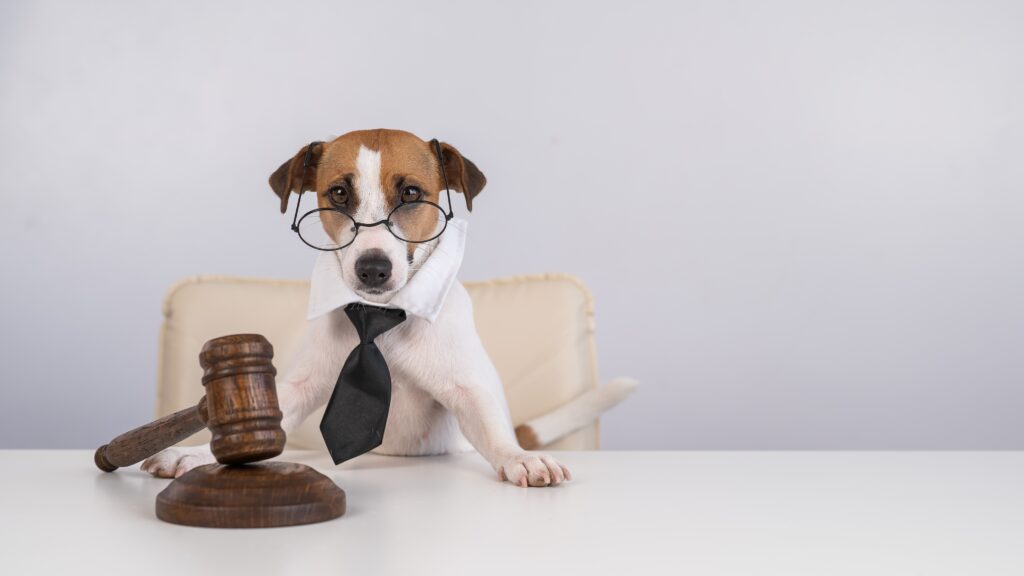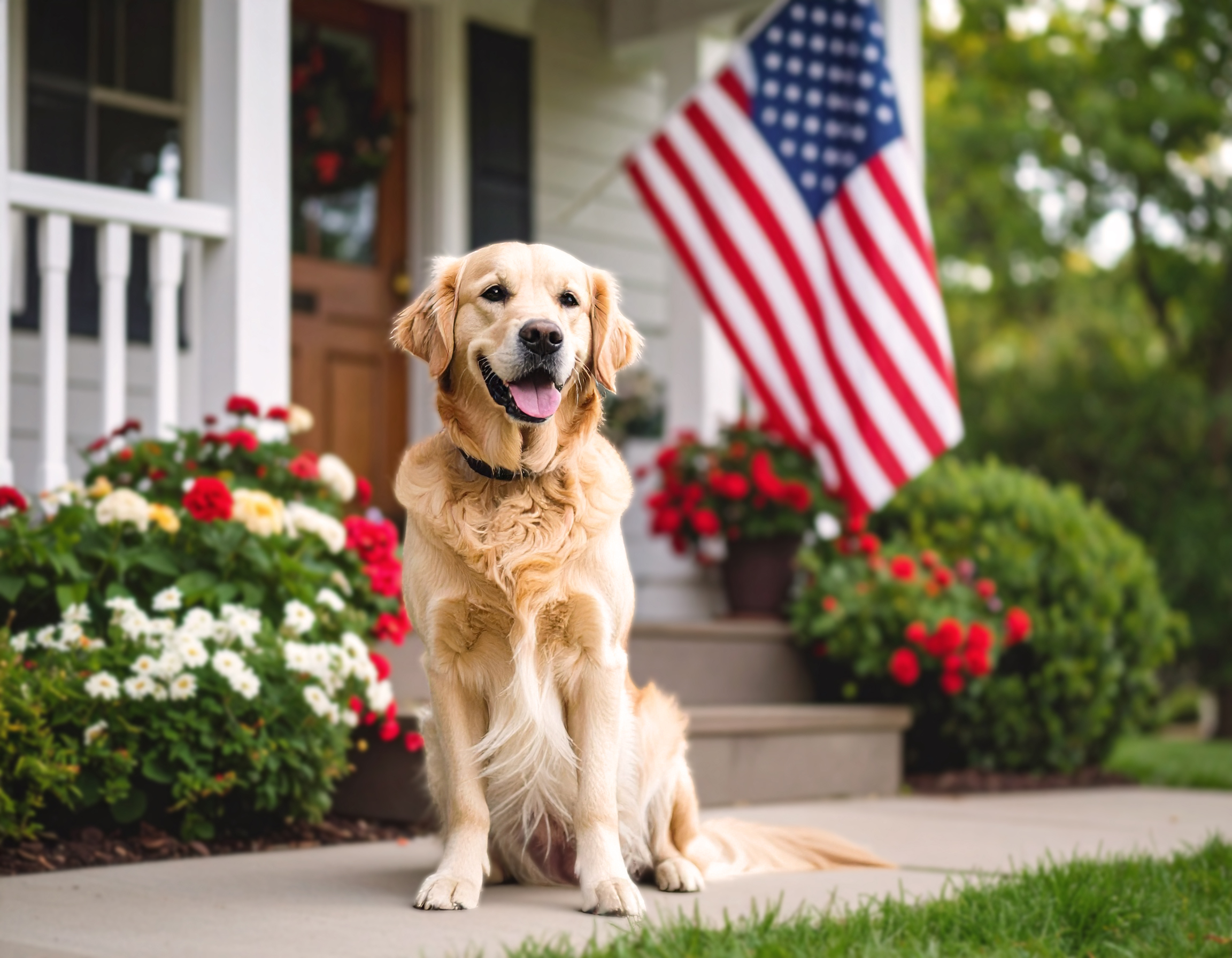4th of July Sale ** 15% OFF ** Coupon Code: COOLPAWS15 Valid July 3 - 17, 2025

Most dog daycare and boarding facility business owners are in the field because they love animals and have a special connection with them. Pet business owners truly want to do right by pets and pet owners, but owning a pet business comes with its own set of risks. When you care for people’s four-legged family members, you’re in the line of fire if anything goes wrong—but there are steps you can take to make your business safer and minimize legal liability should the unexpected occur.
Disclaimer: This blog does not, and is not intended to, constitute legal advice. The content below is for general informational purposes only and is no substitute for legal counsel. Only your attorney can provide assurances that the information contained herein—and your interpretation of it—is applicable or appropriate to your particular situation.
By taking these steps, you can minimize legal liability for your business and create a safer environment for dogs. The pet industry is hectic enough without risking your business’s very existence with avoidable litigation. As with all things in law, it is wise to consult a legal professional experienced in liability and/or pet businesses if you have any questions.
If you’re looking for a way to improve your facility, Natura dog turf is an innovative outdoor ground cover that makes your yard more beautiful and your life easier.
Subscribe
to our newsletter
Recent Posts
Contact us:
2381 Centerline Industrial Drive
St. Louis, MO 63146
Quick Links
© 2025 GrassWorx, LLC. All Rights Reserved. Natura® is a registered trademark of GrassWorx, LLC. St. Louis, MO 63146.

Let's keep that shopping cart on ice for you for a bit. Enter some basic information and we'll keep your items in your cart while you think things over.

Valid on all products purchased on natura-turf.com
July 3, 2025 – July 17, 2025